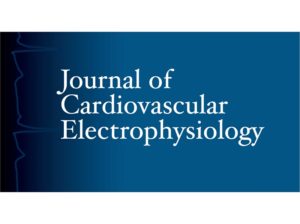K2p3.1 protein is expressed as a transmural gradient across the rat left ventricular free wall

Dr Michael Morton co-authored a paper recently published in the Journal of Cardiovascular Electrophysiology.
The paper should serve as a reminder that ion channels which may not be the focus of regulatory guidance or the latest CiPA initiative, still play a critical role in cardiac function, and shouldn’t be forgotten.
TASK‐1 (K2P3.1) is a member of the twin‐pore K+ channel family and plays a role in setting the resting membrane potential of the cardiomyocyte. TASK-1 is sensitive to extracellular pH, oxygen tension, inflammatory mediators and a number of pharmacological agents, e.g. class III antiarrhythmic drug, amiodarone.
The paper reveals heterogeneity in TASK-1 expression in the left ventricular wall, the implications of which are significant. Inhibition of TASK-1 is known to promote spontaneous activity and prolong the cardiac action potential, leading to early after depolarizations (EADs) and spontaneous ectopic activity creating a substrate for ventricular arrhythmia. This transmural gradient of TASK-1 function is likely to contribute to electrical stability of the left ventricular wall, while being highly susceptible to physiological and pharmacological modulation that can promote arrhythmogenesis.
TASK-1 is widely expressed in humans and has attracted attention as a therapeutic target in lung disease (Olschewski, 2016) and stroke (Hawkins & Butt, 2013).
If you would like to speak with Mike Morton about TASK-1 assays, please email michael.morton@apconix.com





